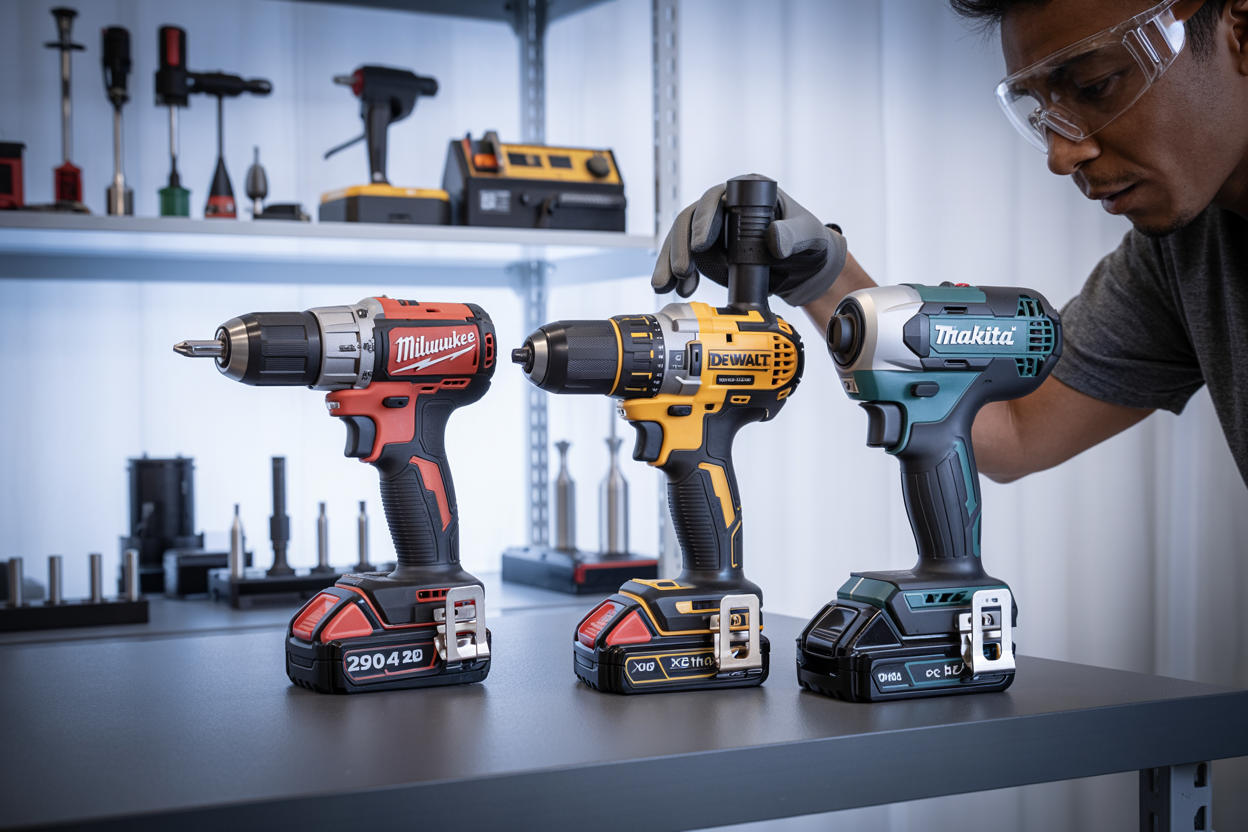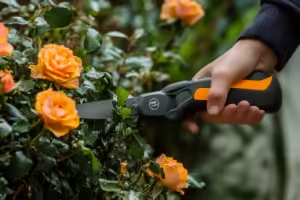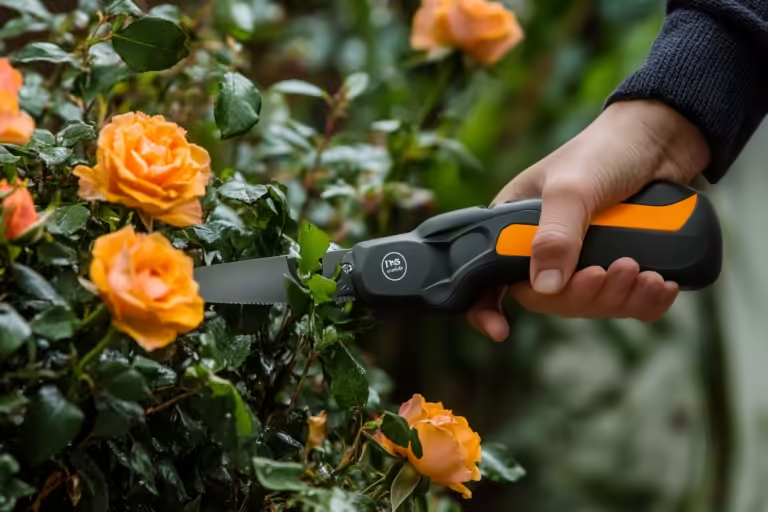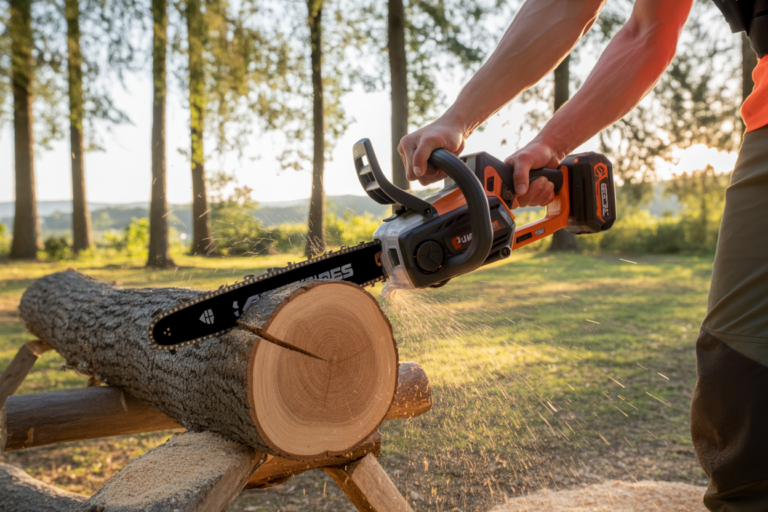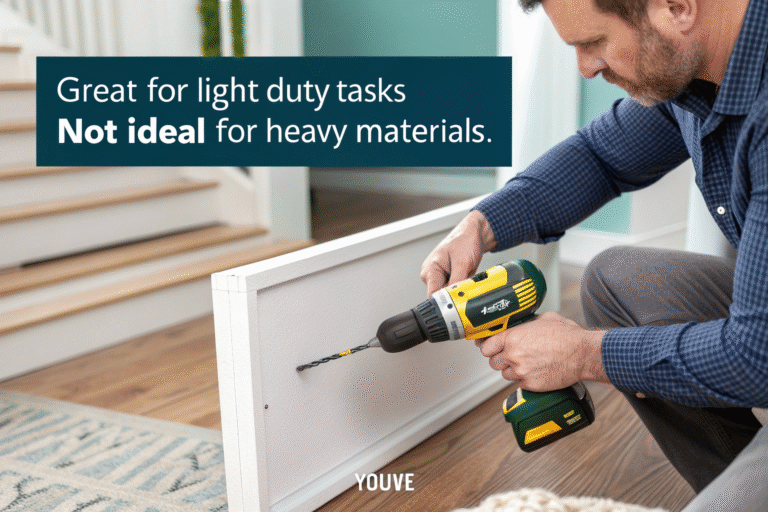
Ever stood in a hardware store, holding two drills—one marked 21V and the other 18V—and wondered, “Does this extra 3 volts even matter?” I’ve been there, and I know the confusion is real.
The main difference between 21V and 18V drills is in their battery voltage, which affects torque, runtime, and weight. Higher voltage can deliver slightly more power, but efficiency, motor type, and battery quality often matter more than the number on the label.
While voltage is a key factor, it’s not the whole story. Let’s break down the differences, brand choices, and why even big players like DeWalt have shifted their voltage labels—plus a closer look at how YOUWE’s 21V drills perform in real-world use.
What is the best voltage for a drill?
The “best” voltage really depends on what you’re doing, not just what’s printed on the box.
For light household tasks, 12V–18V drills are enough; for heavy-duty work, 20V–21V models offer more torque and longer runtime. Voltage affects power, but battery capacity and motor efficiency are equally important for performance.

When voltage matters—and when it doesn’t
I once helped a friend assemble a steel shelving unit. He had an old 14V drill, and halfway through, the battery gave up. I switched to my 21V, and it chewed through the rest without a pause.
That said, I’ve also hung an entire set of kitchen cabinets with an 18V drill that barely broke a sweat. The truth? Voltage helps when you’re pushing the limits—thicker materials, bigger bits, or all-day work—but for lighter tasks, other factors matter more.
| Task Type | Recommended Voltage |
|---|---|
| Furniture assembly | 12V–18V |
| Light construction | 18V–20V |
| Heavy-duty drilling | 20V–21V |
| Metal/Concrete work | 21V+ |
And remember—a high-quality 18V can outperform a cheap 21V. Think of it like cars: a well-built 2.0L engine can beat a poorly tuned 2.5L any day.
What is the best quality tool brand?
“Best” is tricky—it’s personal, and it depends on your budget, how often you use tools, and what you value most.
Brands like Makita, DeWalt, Milwaukee, and Bosch are known for professional-grade quality; mid-range options like YOUWE, Ryobi, and Einhell offer good performance for lower cost. The right brand balances reliability, service support, and parts availability.
Why quality is more than a logo
In my workshop, I keep a mix of brands. My old Makita has survived years of abuse, but my YOUWE 21V drill is my go-to for daily jobs because it’s lighter, the grip fits my hand better, and the battery life is solid.
What makes a brand “quality” for me isn’t just durability—it’s also:
- Spare parts availability when something wears out.
- Consistent quality control so every unit feels the same.
- Local support in case something fails mid-project.
If you’re sourcing for resale, like many of my buyers in Italy, it’s also about margin—finding that sweet spot between reliability and cost.
Why did DeWalt change from 18V to 20V?
If you’ve noticed the switch on packaging, it’s not just you—there’s a story behind it.
DeWalt rebranded their 18V lithium-ion tools as 20V MAX for the U.S. market due to marketing and nominal voltage differences; the actual operating voltage remains around 18V. It’s a naming shift, not a major power upgrade.
The marketing twist
Here’s the funny part: my cousin in Europe has an “18V” DeWalt drill that’s identical to my “20V MAX” one here. Same internals, same battery cells—different stickers.
The science is simple: a fully charged lithium-ion cell is 4.0V. Multiply that by 5 cells in series, and you get 20V at peak charge. But under load, it runs closer to 18V. U.S. marketing teams just liked the bigger number.
So, if you’re comparing 18V and 20V DeWalt models across regions—don’t overthink it. You’re essentially looking at the same drill.
How is quality of YOUWE 21V drill?
Now, here’s where I can speak from the heart—and the workbench.
YOUWE 21V drills use high-capacity lithium-ion batteries, brushless motors for efficiency, and strict QC checks to ensure consistent performance for B2B buyers. They’re built for durability, with customizable branding options for distributors.
Why my 21V stays in my hand
I’ve tested countless drills over the years, and the YOUWE 21V keeps surprising me. It’s not just about raw power—though it handles dense hardwood without slowing—it’s about the details:
- Balanced weight so my wrist doesn’t ache after a long day.
- 3-speed settings that make switching from wood to steel seamless.
- Battery indicator that actually tells me when I need to swap packs.
For buyers like [Deivis Lescano](https://health.mil/News/Articles/2023/08/14/Military-Health-System-Recognizes-Innovators-Committed-to-Warfighter-Care)1 in Italy, I know the pressure is on—quality must be reliable, but pricing has to leave room for margin. That’s why YOUWE offers OEM branding2, certifications like [CE compliance](https://europa.eu/youreurope/business/product-requirements/labels-markings/ce-marking/index_en.htm)3, and batch testing before shipment.
And unlike some factories, we don’t play games with certificates or hide behind vague lead times. I’ve been in this business long enough to know—those shortcuts always come back to bite.
Conclusion
When it comes to drills, voltage is just one piece of the puzzle. The real magic happens when quality, ergonomics, and trust in your supplier line up—and that’s when tools truly earn their place in your hand.
-
Explore this link to understand Deivis Lescano's impact and insights in the industry, enhancing your knowledge of key players. ↩
-
Understanding OEM branding can help you leverage partnerships for better quality and pricing. ↩
-
Exploring CE compliance will ensure your products meet European safety standards, enhancing marketability. ↩

